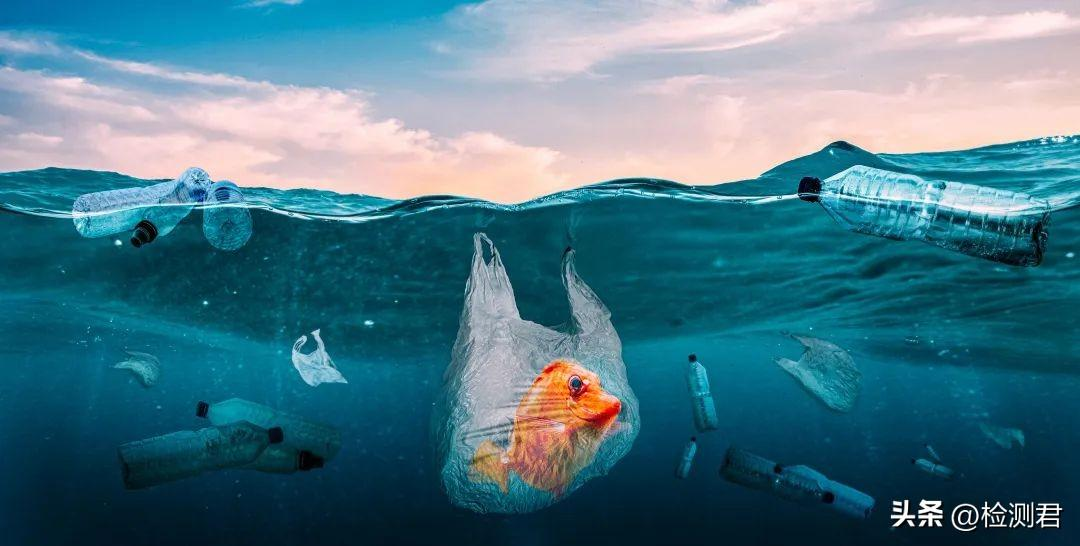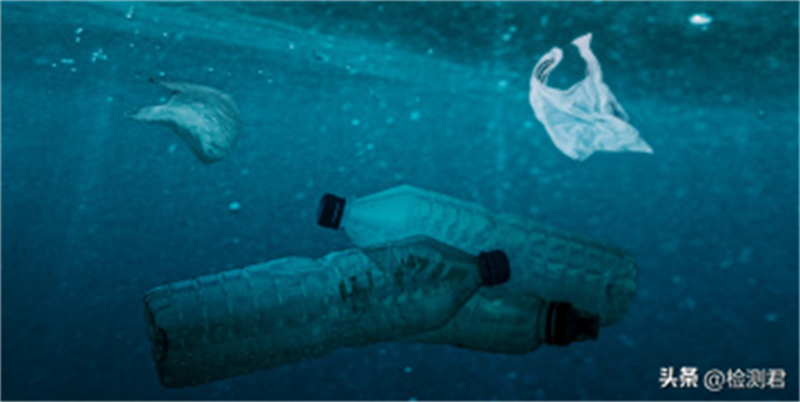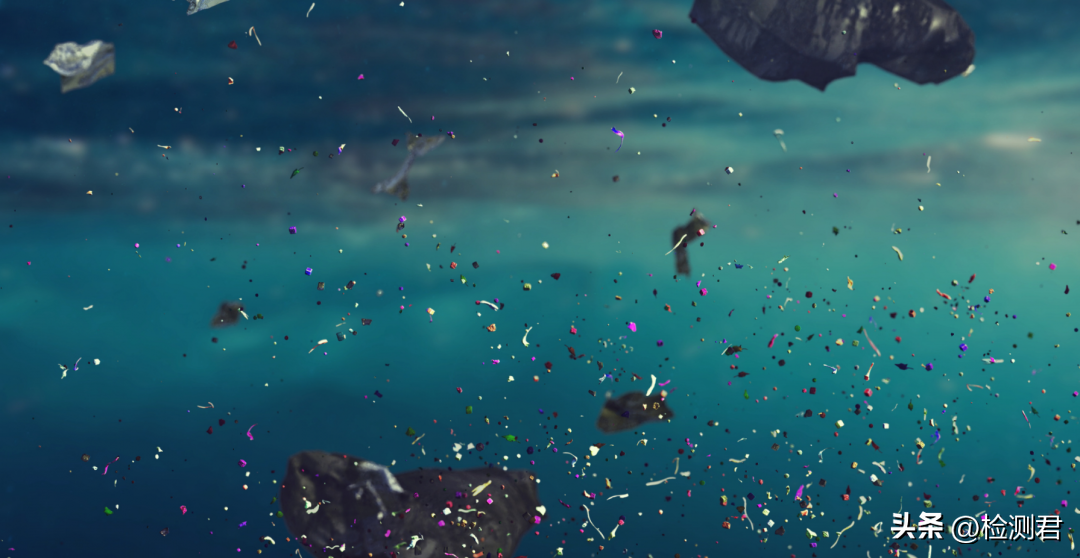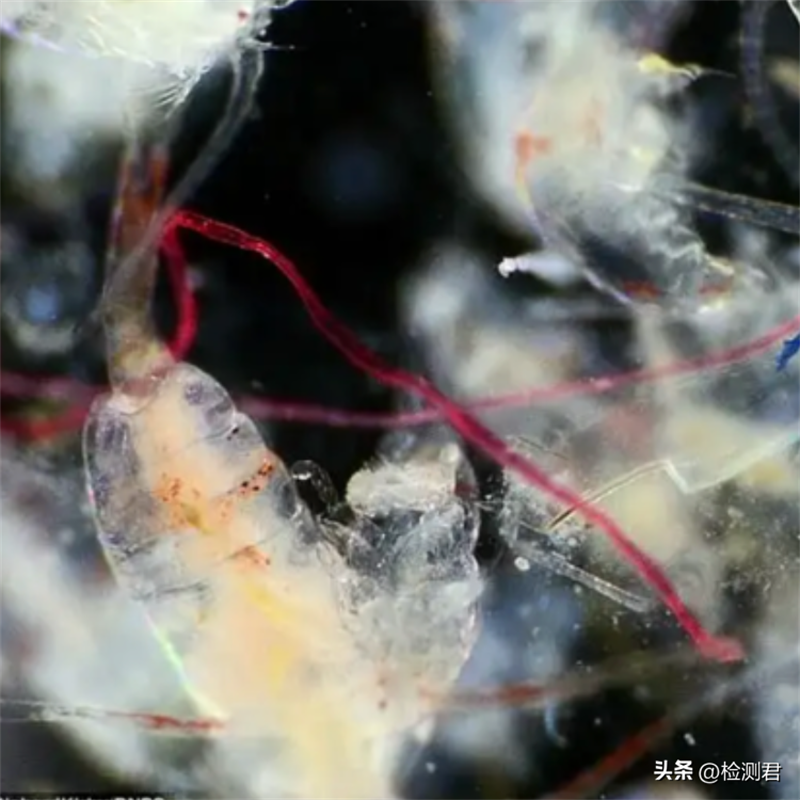Ocean pollution
Marine pollution is a very important issue in today's world. As the heart of the earth, the ocean occupies about 75% of the earth's area. But compared to land litter, marine litter is easily overlooked. In order to call people's attention to the earth's environment, the Australian International Environmental Protection Organization has launched an international social activity - World Cleanup Day, which is held on the third weekend of September every year, aiming to deal with the global land out of control by affecting changes in human behavior patterns. The problem of garbage and marine litter
Pay attention to microfiber contamination
In marine litter, plastic pollution accounts for up to 85%, and these plastics are decomposed into small particles by waves and sunlight over the years and exist in the ocean for a long time. The accumulation of microfibers in the food chain poses a serious threat to all marine life, and their emissions are closely related to our daily lives.
Microplastics in human blood
Study shows microplastics in human blood
In March, a study published in the journal Environment International revealed for the first time the fact that human blood contains microplastics.
Researchers in the Netherlands have developed an innovative test to look for microplastic particles that can be absorbed across membranes in the human body, and they found that 17 of 22 healthy adult volunteers, or 77%, had microplastics in their blood. The most common microplastic in these blood samples was polyethylene terephthalate (PET), which is widely used in textiles and food and beverage containers, followed by polymeric styrene (PS), polyethylene (PE) ) and polymethyl methacrylate (PMMA).
Researchers at the UK's National Oceanography Centre are concerned because microplastic particles of this size have been shown in the laboratory to cause inflammation and cellular damage under experimental conditions. Blood is already the end of the chain of microplastics. Instead of finding microplastics at the end and giving warnings, it is better to control them from the source. One of the microplastics most closely related to people's daily life is microfibers from textiles.
Microplastic Pollution
Microplastics are negatively affecting people and nature in all aspects
In 2022, a report on sustainable fashion found that textiles released 200,000 to 500,000 tons of synthetic fibers into the marine environment globally, making them the largest source of plastic pollution in the ocean.
From the perspective of the marine environment, various environmental problems have emerged in recent years, including plastic and microfiber pollution, deep-sea fishing, ecological environment destruction, and marine renewable energy. Among these problems, microfiber contamination is one of the most serious problems, and various research results continue to discover and prove the negative impact of microfibers on organisms and the environment.
2.9% of fish larvae and water microbes ingest and retain indigestible microplastics and microfibers.
There are also about 29 to 280 particles of microplastics, mainly microfibers, per square meter of atmospheric dust and air per day.


Thirty-five percent of microplastic pollution comes from washing synthetic textiles, with washing emissions equivalent to dumping 50 billion plastic particles into the ocean each year.
Studies have found microplastics in human feces and blood, suggesting that microplastics can flow in the blood, lymphatic system and even the liver, and new research has found the accumulation of microfibrils in the lungs of living people.

Synthetic fibers such as polyester, nylon, acrylic and other materials are often used to make various textile products because of their good softness, absorbency, and water resistance. But in fact, polyester, nylon, acrylic, etc. are all kinds of plastics made of petroleum or natural gas. Their essence is no different from plastic bags, beverage bottles, etc., and they are all non-biodegradable pollutants.

Microfiber & Microplastic What does non-biodegradable textile fabrics mean?
Non-biodegradable pollutants refer to those pollutants that cannot be converted into environmentally harmless substances after chemical degradation, photochemical degradation and biological degradation in the natural environment. That is to say, textiles of the same design style, made of natural materials may gradually mold and become part of nature after being left in a corner for several years, while those made of synthetic materials may only be dust and cracks - they can accompany You have been so long, so long that although you have fallen apart, you have always left traces. This is because although synthetic plastic fibers are not biodegradable, after being exposed to wind and sun or frequent washing and rubbing, the synthetic fibers will gradually break into smaller and smaller pieces until they are invisible to the naked eye and accumulate wantonly with the flow of water. It blows around in the wind—and pollutes the environment all the time.
Microscope viewing angle

A hair VS microfibers Many of these synthetic fibers are extremely slender, called microfibers. A microfiber is thinner than a strand of silk, about one-fifth the diameter of a human hair.
It can be said that synthetic fibers are the source of most microplastics in today's environment, but from simply using natural fibers to researching and developing synthetic fibers, it is the crystallization of human wisdom and technological development. Microfiber pollution is not anticipated and expected. Rather than completely rejecting synthetic fibers, it is better to find a way to scientifically and rationally control the shedding and emission of microfibers.
HOHENSTEIN Quantitative Analysis of Microfibers

The first step in tackling the microfiber problem is raising awareness.
As a consumer, you can start by understanding microfibers and take preventive measures; as a textile enterprise, you should continuously optimize production technology to reduce the generation of microfibers. Microfiber pollution is drawing international attention to the amount of synthetic clothing produced by many retailers and brands, and Hohenstein would like to join hands with you to lead the way in this sustainable development.

Post time: Oct-21-2022









